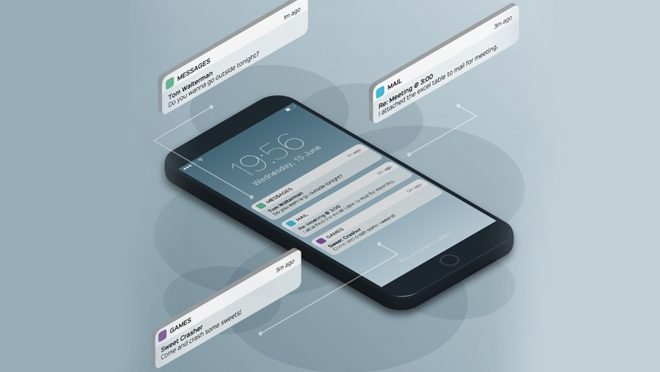In 2017, mobile app downloads hit 178.1 billion. It’s a stunning number, but total downloads are a mere vanity metric – unless you find a way of convincing your customers to engage with your app so that they become regular users.
User retention and engagement are the two key metrics that provide insights into how successful your app actually is. When engagement and retention are low, it’s pointless even having an app in the first place. On the other hand, as mobile apps are a fantastic way to get people to interact with your brand, boosting user retention and engagement can be vital to your long-term success.
Let’s take a look at how to increase both of these metrics.
Table of Contents
Improve The Onboarding Process
Onboarding refers to the first steps a user has to complete in order to start using your app. If the steps are too complicated – if it’s too hard to sign up/takes too long – your app abandonment rate will rocket.
Remember that in 2018 users want a seamless, easy and convenient user experience. Moreover, mobile users are more impatient than desktop users. To this end, make sure that account creation is super simple (reduce the number of tasks/steps needed to complete signup).
Limit the amount of information you release at the start of the app as too much information will cause overwhelm.
We also recommend teaching people how to use the app and provide a progress bar. If an individual can’t even use the app, they’re going to abandon it.
To make sure your app isn’t buggy during the onboarding process we suggest monitoring its performance and system behavior with a tool such as Loggly.
Use Push Notifications Properly
Push notifications can be super effective at engaging and retaining mobile app users – but only if you use them properly.
Your customers actually want to receive push notifications, with 52% of consumers saying push notifications are a lot better than they used to be. So what’s the right way to use them?
Consider volume. If you bombard users with too many irrelevant messages, it’s going to harm you. While you want to use behaviorally-targeted push notifications, you don’t want to overstep the line.


What you want to do is strike the right balance between volume and relevance. The best way to use push notifications is as reminders. For example, a streaming app might send out a notification to remind a user that they’ve watched 3 episodes – do they now want to watch the fourth?
It’s all about using notifications to bring users back into the game by sending them reminders. If a customer has downloaded your app, keep them engaged by reminding them that they haven’t yet used it. Maybe it was just that they forgot and needed this reminder.
Refine Your Logo
It’s important to remember that the mobile user experience is very different from the desktop user experience. For one thing, the screen is a lot smaller, and this will affect the way you present aspects of your app and brand.
For example, it’s interesting that Netflix has a different logo for their mobile app. Rather than using “Netflix”, the streaming service simply uses a red “N” against a black backdrop. Why? Because their usual logo is just too big to work well as a mobile app icon.
It’s a good idea to bring your logo into the mobile realm, but if necessary, you might want to tweak it so that it isn’t too large and cumbersome.
If you haven’t even got a logo at all yet, now is the time to create one. You can use a tool like Hatchful from Shopify to create a professional-looking logo, and it doesn’t matter whether you’re a total beginner. A logo is an important part of any organization because it represents your brand, and builds familiarity and trust among your mobile app users – two things that can boost retention and engagement.
Offer Incentives
It sounds like a cheap tactic at first: what you’re essentially doing is offering an ethical bribe, right? Like, “Hey, if you use my app I’ll reward you!”
However, this is what brands do all the time.
Remember, mobile apps are an excellent marketing tool that can increase consumer loyalty. If you have to offer incentives to retain your customers, so be it! It’s all about the long game here and doing what it takes to boost average lifetime value.
Coupons, mobile-specific rewards, and promotions can all drive engagement, conversions and retention. You can keep reminding people about their impending rewards, too. After all, who doesn’t want to see a message like “Only five more stars until your next reward!” in their inbox?
Final Thought
These are four ways to increase mobile app user retention and engagement. As long as you make this simple for people, reward them, remind them via notifications and refine your logo and brand, your mobile app can turn into a solid revenue maker for you.




